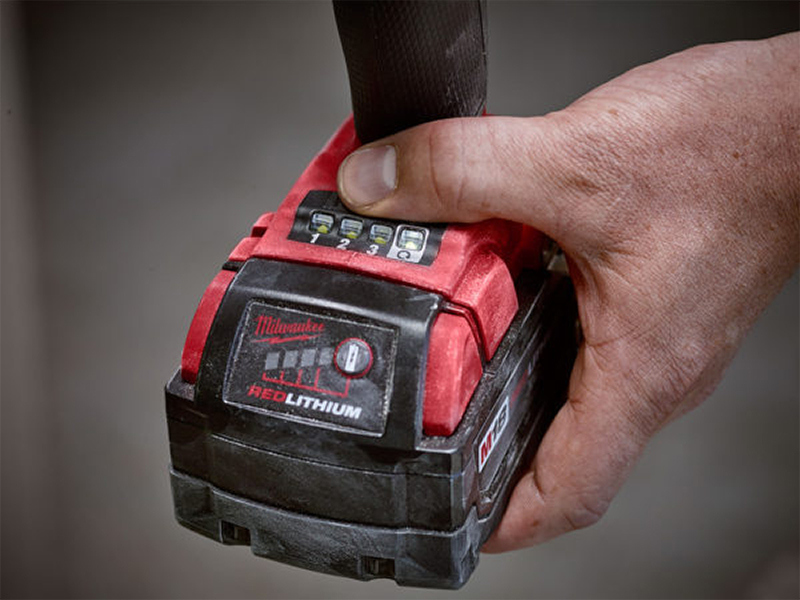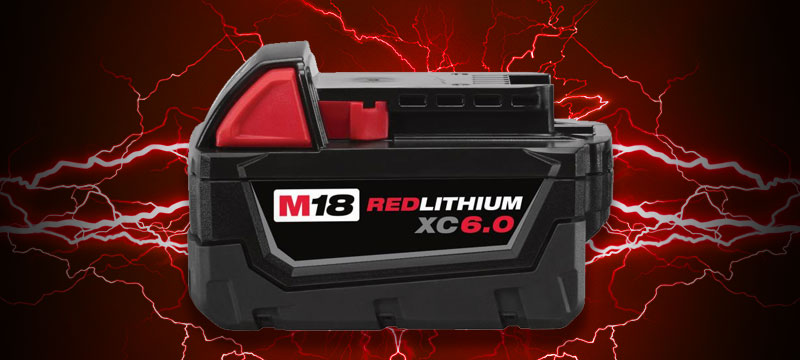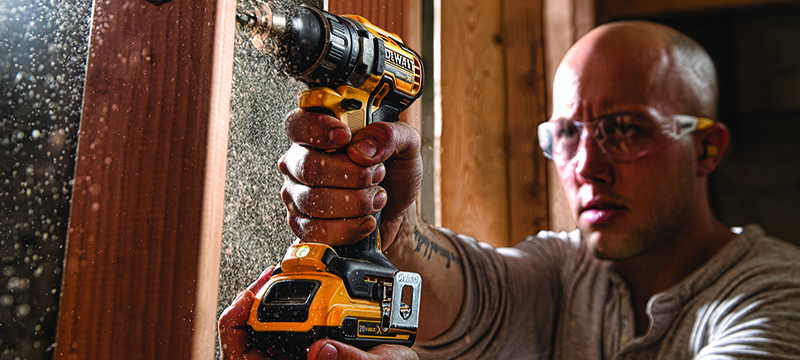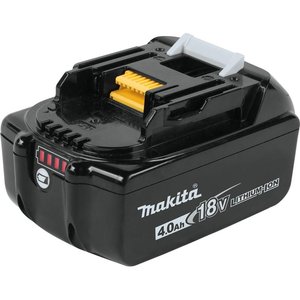
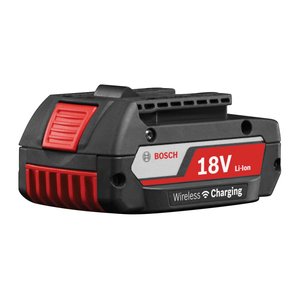
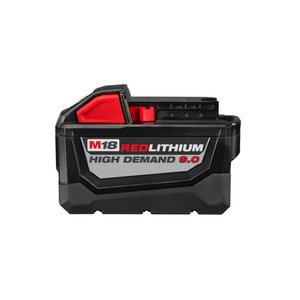
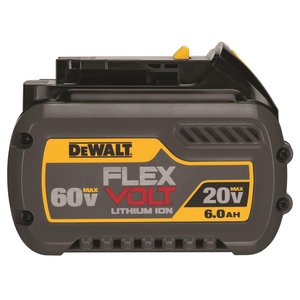
More and more cordless tools are powered by lightweight lithium-ion power tool batteries. In fact, lithium-ion is the fastest-growing and most promising battery type.
Let’s take a look at what this buzz is all about.
What Are Lithium-Ion Batteries?
This type of battery gets its power from the movement of lithium ions. The ions move to the positive electrode during charging and back to the negative electrode when it’s supplying power. They are commonly used to power everything from smartphones to circular saws.
What Are The Benefits Of Lithium-Ion Batteries?
For a given voltage, a lithium-ion battery is smaller and lighter in weight than a nickel-cadmium (NiCd) or nickel metal hydride (NiMH) battery. This gives lithium-ion batteries a substantial ergonomic advantage over other battery types.
- Lithium-ion batteries are smaller in size than other battery types.
- Lithium-ion battery charges faster than other rechargeable batteries, usually at a fraction of the time of its counterparts.
- Lithium-ion has virtually no self-discharge. This allows a lithium-ion battery to be stored for months without losing charge.
- Lithium-ion batteries are low maintenance. No periodic discharge is needed as there is no memory to deal with.
Will Lithium-Ion Batteries Deliver More Power?
Not necessarily. Battery chemistry does not influence power. Power is determined by the voltage of the battery and the efficient design aspects of the tool. Increasing voltage or efficiency increases power. Therefore, an 18V lithium-ion battery has the same potential to deliver power as an 18V NiCd battery because they are the same voltage.
However, lightweight lithium-ion batteries allow manufacturers to make higher voltage tools — and, thus, more power — without increasing weight.
What Is The Run Time Of A Lithium-Ion Battery?
The run time is determined by three factors: battery voltage, battery capacity, and the tool’s design. Increasing the voltage and/or amp-hour certainly improves run time. But, a big factor is the efficiency of the particular tool. Read the manufacturer’s claims to determine the quality of run time — number of holes drilled per charge for example.
Are All Lithium-Ion Batteries The Same?
No. There are many formulas of lithium-ion, each with various features and benefits. Each tool manufacturer has a different version and it is important to read the claims about the performance and durability of each specific product. Then, you can decide which one is best for you. For example, consider how many holes you can drill per charge or how many recharges you can get during the battery’s life.
How Do You Store A Lithium-Ion Battery?
Storing a lithium-ion battery in a cool place slows the aging process. Manufacturers recommend storage temperatures around 60°F if possible, and definitely not over 100°F. The battery should be partially charged during storage. A 40% charge is appropriate.
How Do You Dispose Of A Lithium-Ion Battery?
While these batteries are recyclable, DO NOT PUT THESE IN THE RECYCLE BIN! They pose numerous health and environmental hazards. Sparks from overheated lithium-ion batteries have been known to start fires in the back of garbage and recycling trucks. They also contain toxic materials. It’s best to drop them off at a battery recycling drop off location.
Lithium-Ion batteries have many advantages over their predecessors, including, smaller size, less weight, faster charging time, no self-discharge, and little to no maintenance over time. As more and more top tool brands move toward using lithium-ion batteries, the question is: should you too?

